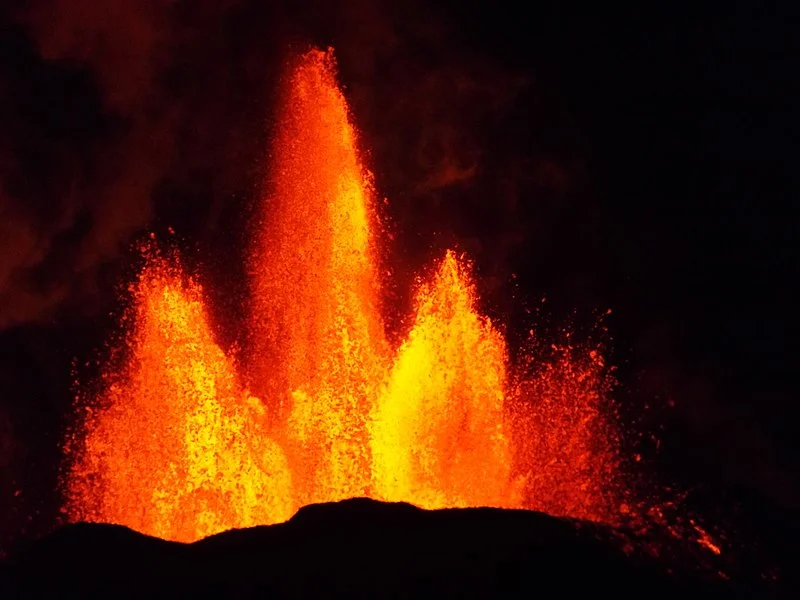It seemed like a curse. Ancient texts report that the winter of 821–822 CE was long and exceptionally cold, reportedly freezing solid the Danube, Elbe, Rhine, and Seine. A great food shortage struck in 822 CE. Famine continued into 823 CE when texts record drought, horrendous hailstorms and widespread plague. The winter of 823–824 CE was long and uncommonly severe. Remarkable hailstorms again hit in 824 CE and famine persisted at least into the autumn of that year. Irish, Spanish and even Chinese sources tell similar stories. Whispers of an angered monster were rampant and now a new paper is revealing the identity of that beast to be Katla.
Sleeping beneath 700 meters of ice, Katla is Iceland's most active volcano and her activity has been well recorded ever since Vikings settled alongside her in 870 CE. Yet in 821, the Vikings were still busy pillaging the coasts of France and England and there are no precise records of what Katla was up to. Thus, the curse of 821 remained a mystery until a severe spring flood on an Icelandic river in 2003 exposed a prehistoric forest that had been buried centuries ago under sediment. A team has now used a mix of radiocarbon and tree ring analysis to study a very well preserved fossil tree at the site and found evidence suggesting that there was a serious Katla eruption in 821. You can read more in The Economist article that I wrote on this here.

